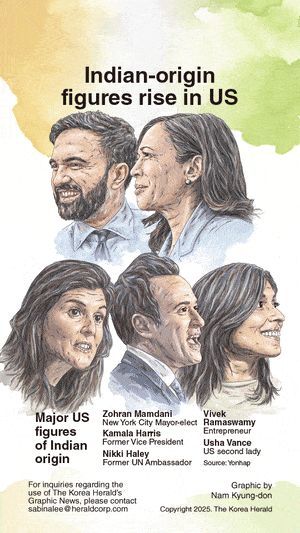![White House press secretary Karoline Leavitt speaks as she holds up a letter from President Donald Trump to South Korean President]](https://contents-cdn.viewus.co.kr/image/2025/07/CP-2023-0309/30474951.jpg) South Korea has until Aug. 1 to cut a deal with the US after President Donald Trump delayed crushing 25 percent tariffs on Korean imports, with Seoul vowing all-out efforts to negotiate its way out of looming duties.
South Korea has until Aug. 1 to cut a deal with the US after President Donald Trump delayed crushing 25 percent tariffs on Korean imports, with Seoul vowing all-out efforts to negotiate its way out of looming duties.
The last-minute extension, formalized in an executive order Trump signed later that day, gives Seoul temporary reprieve from the tariffs it had been bracing for, as Trump’s original 90-day pause from April was set to expire Wednesday. Since then, Washington has imposed a universal 10 percent duty on Korean goods while engaging in trade talks.
Later on Monday, Trump appeared to leave the door ajar for further negotiations.
“I’d say it’s firm, but not set in stone,” Trump told reporters at the White House when pressed about the finality of the new August deadline. “If they reach out and propose a different approach, we’re open to hearing them out.”
In response, South Korea’s Industry Ministry stated Tuesday that the letter effectively extended the grace period for imposing reciprocal tariffs. The ministry pledged to accelerate negotiations to reach a “mutually beneficial” agreement.
“We’re ramping up talks to achieve a win-win outcome during this extended window, aiming to swiftly resolve the uncertainty surrounding these tariffs,” the ministry said in a statement. “We also view this as an opportunity to streamline our domestic systems and regulations to address the US trade deficit – Washington’s primary concern – and bolster key industries through a bilateral manufacturing renaissance partnership.”
The Ministry of Economy and Finance convened an emergency meeting Tuesday morning to assess the fallout from Washington’s latest move.
“Given the potential for increased volatility in domestic and global financial markets depending on how US tariffs play out, we’re on high alert,” acting Finance Minister Lee Hyoung-il said during the meeting.
“We’re closely coordinating with relevant agencies to monitor tariff developments and their impact on both financial markets and the real economy. If we see excessive market volatility that’s out of sync with our economic fundamentals, we’re prepared to act swiftly and decisively, in line with our contingency plans.”
The Industry Ministry scheduled an emergency afternoon meeting with industry officials and relevant government agencies. First Vice Minister Moon Shin-hak was set to chair the gathering, which would include government officials and representatives from key export sectors such as automotive, steel, batteries, and biotech. Industry giants like Hyundai Motor, Posco, and LG Energy Solution were expected to participate.
Initially, there were concerns that Korean goods could face double jeopardy due to existing sector-specific tariffs – 25 percent on cars and 50 percent on steel and aluminum. However, the White House clarified that new reciprocal tariffs would not stack on top of these sector-specific duties.
Nevertheless, the economic impact on these crucial export sectors seems unavoidable. While South Korean officials have been pushing to remove the sector-specific tariffs in their talks with US counterparts, observers believe Trump is unlikely to budge on automobiles and steel.
“By explicitly stating that Section 232 tariffs on steel and autos are separate, it appears the US is digging in its heels on these duties, making it tougher for Korea to negotiate relief,” said Jang Sang-sik, who heads the International Trade and Commerce Research Center at the Korea International Trade Association.
Jang emphasized that to make headway by the end of July, Korea could take a page from Vietnam’s playbook. The Southeast Asian nation recently clinched a deal with the US to slash the planned 46 percent tariff rate to 20 percent.
“Korea needs to come to the table with a concrete plan to shrink its trade surplus with the US,” Jang advised. “This could involve ramping up government-led imports in defense and energy sectors, as well as boosting purchases of US agricultural goods, consumer products, and machinery.”
Jang also stressed the importance of addressing non-tariff barriers. He suggested easing regulations on digital platforms, pharmaceuticals, and agricultural quarantine and certification processes – moves that could give US companies better access to the Korean market.









Most Commented